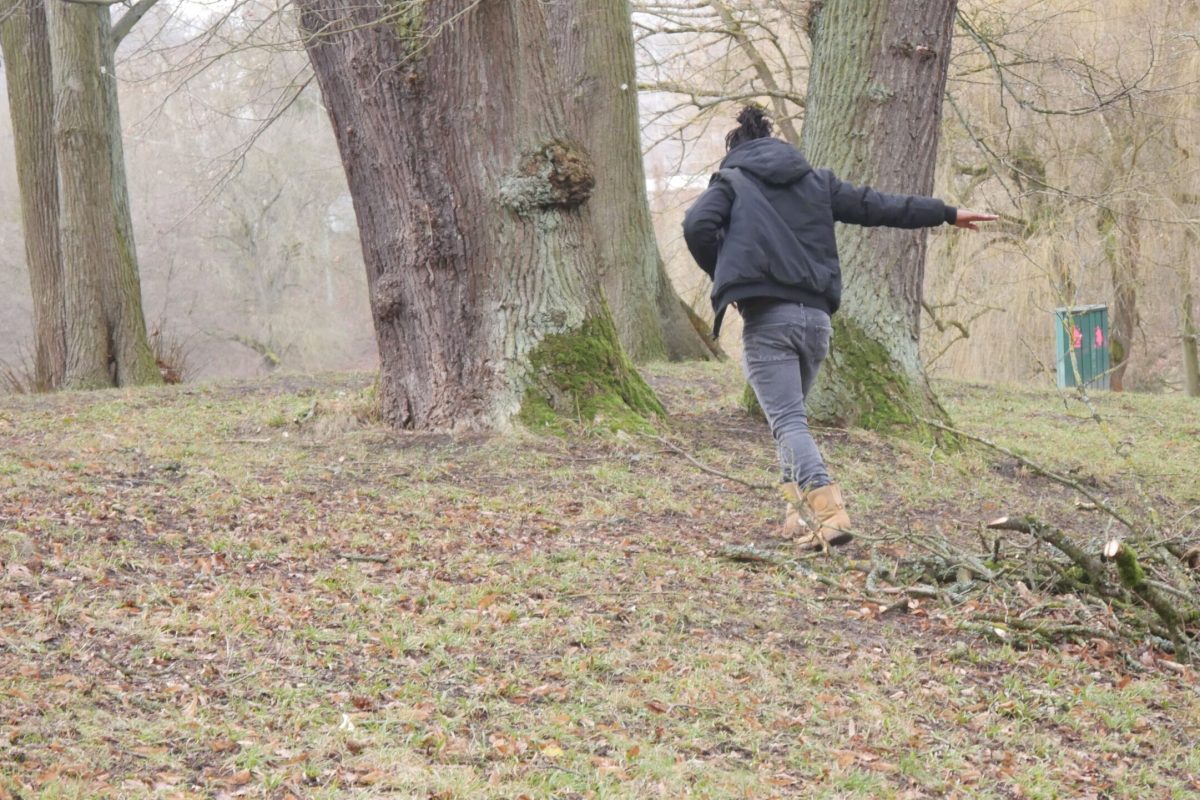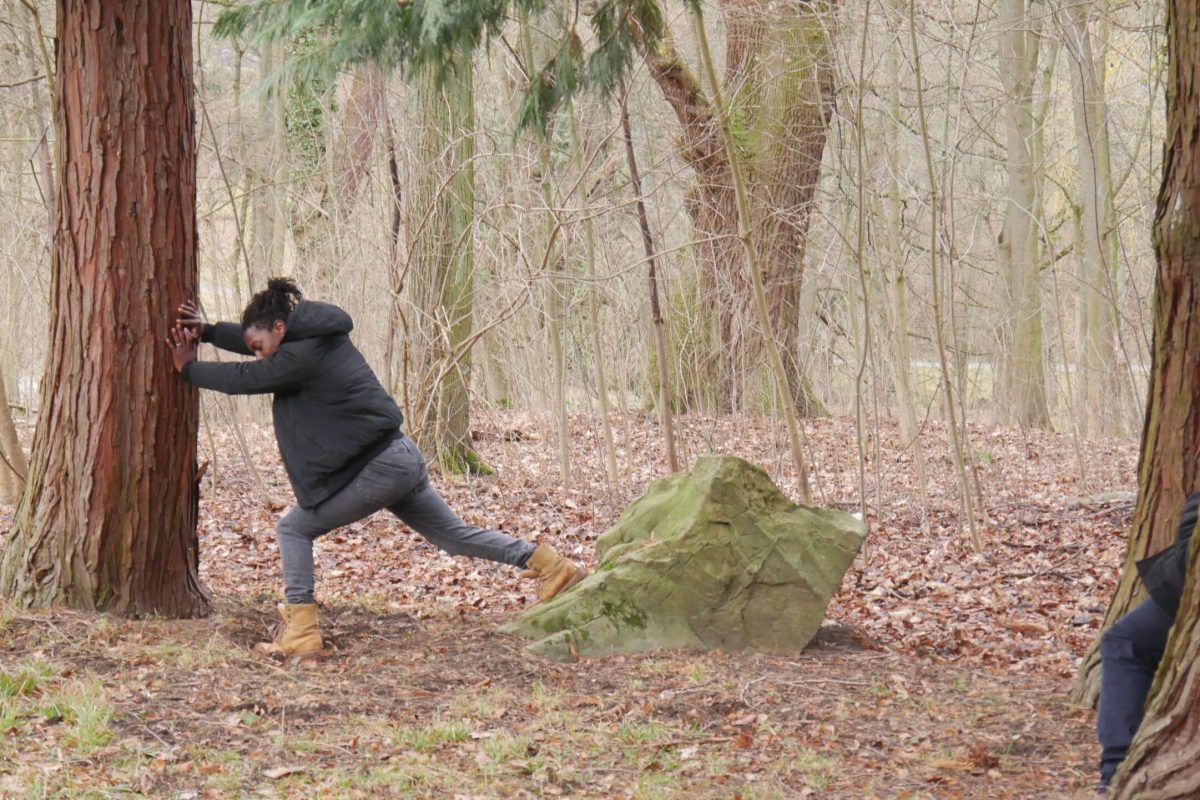What is contemporary dance?
Through structured/guided improvisation to jam sessions and clear movement sequences my dance class becomes the time of deeper understanding and expansion of our own movement vocabulary, body tonality, specificity of essential expression of kinaesthetic and movement intention. Therefore I’ll have a closer look on how you actually own or embody the movements and how we can anchor ourselves in our physical intellect.
Physical intensity and the associated mental stimulation as well as the balance of movement and the search for stillness are the fundamental principles of the class, in finding answers on questions like: what does it mean to unlearn and relearn the historicism with the historicized body, the disciplined body, the coded body, the dance body? While playing with the opposites of air, gravity, weightlessness, density and permeability to see how bodies can make music In such a state?
In my movement research we will work on specificity, precision and awareness of movement to guide our execution. Therefore the class will gradually be built upon different elements of African traditional/contemporary dance, which is very much based on Michael Gagawala Kaddu’s own practices. Working with clear principles that support the idea that dance is more than just a moment, but the exploration and a way to master oneself during improvisation or choreographic working skills.
A-Uga:-
A-Uga is a contemporary dance movement style and pedagogy developed by the Ugandan dancer, movement researcher and choreographer Michael Gagawala Kaddu since 2006. A-Uga technique is the evolution of oral traditions, norms and tribal traditional dances of Uganda. This style is beyond just a movement, it is a spiritual connection and understanding of oneself, most importantly it’s the way of life like a form of prayer with one’s inner self. In A-Uga dance style practice, our body architecture in motion projects and communicates those feelings without words. Being able to connect to all those energies around us, it’s a way of expressing and experiencing infinity, which the body holds. Slowly it has been introduced to different dance artists with different backgrounds, either through professional dance classes or fitness dance classes.
A-Uga technique is based on the opposition between contraction and release, a concept based on the breathing cycle, which is a “trademark” of different dance forms, just as the renowned modern dance techniques(Graham, Dunham, etc.) the other A-Uga dominant principle is the activation of the core.
A-Uga technique is known for its playfulness, expansive and expressive qualities. Some dancers describe it as “powerful and fluid with yielding bodies.”
The “A-Uga technique”
is based on “contraction and release”, it focuses on: versatility and diversity to bring the oral traditions all in one.
Contraction and release are the fundamental movements of African dances. A-Uga technique is a birth of the cycle between contraction and subsequent release, which developed as a stylized representation of breathing, along with the fall and recovery.
Other aspects:
A-Uga technique uses the hands in distinctive ways. They are generally meant to be active and purposeful, sometimes decorative. They are often in positions to depict human way of life, with the fingers held straight or loose. Arm movements are often left unspecified, and there is a variation.
Analysis:
A-Uga technique is designed to make its dancers expressive and playful. Its movement vocabulary draws connections between the physical and emotional meanings of power, control and risk, manipulating the balance between a normal body and a dance body. You don’t have to be exceptionally flexible to dance, but you learn to tune your body tonality to create an emotional connectivity.

